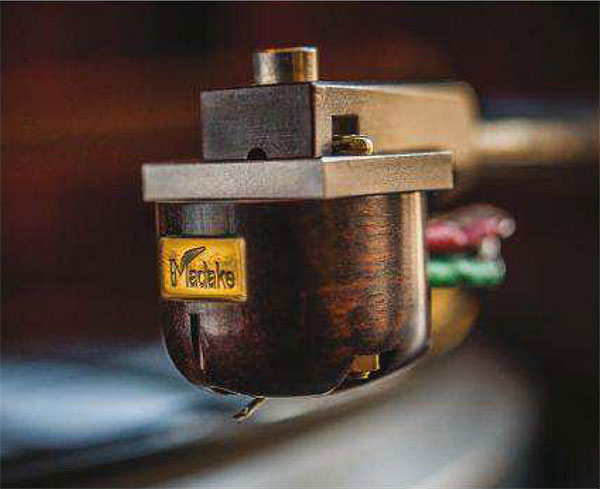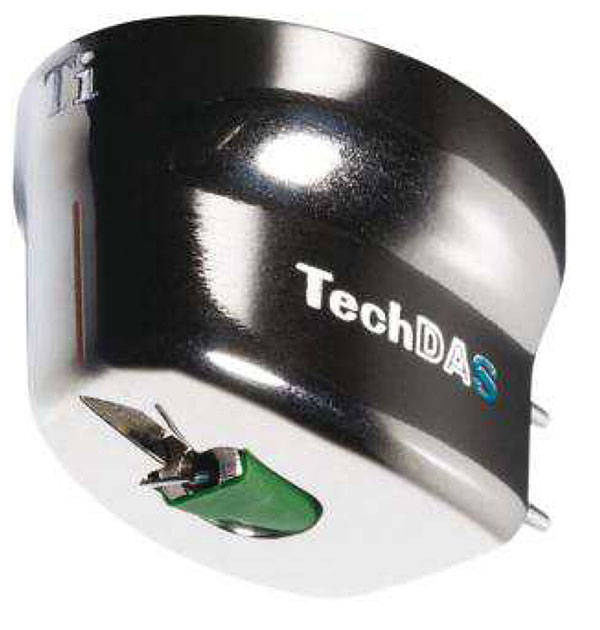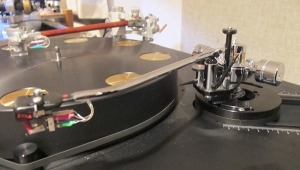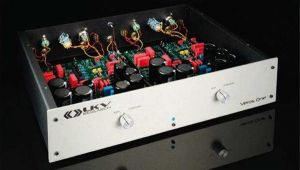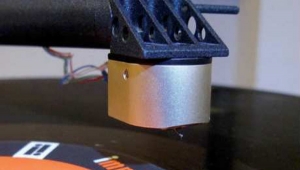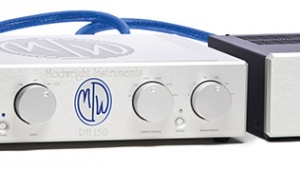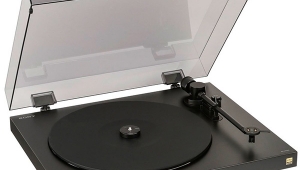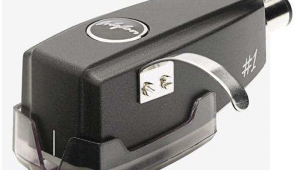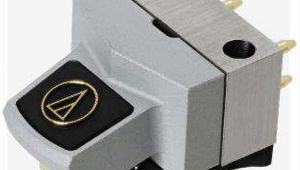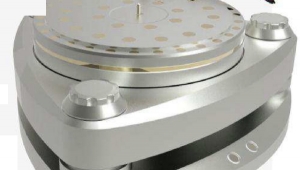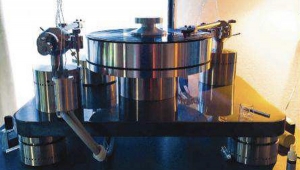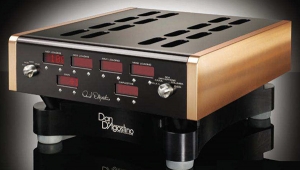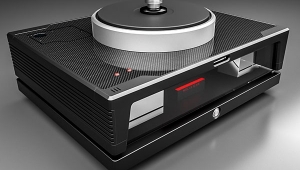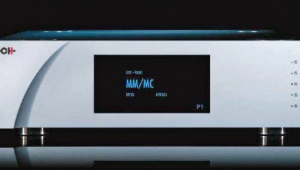| Columns Retired Columns & Blogs |
Hi
Sorry, I beg to disagree sonically. I wish Art Dudley is still around to tell you not so. I recall he once mentioned he preferred spherical stylus to ellipitical, sonically.
No, I am not going to dispute the readings provided by yr precision stylus tools.
I share Art's view. I prefer playing my MM cartridge with conical stylus (Japanese made) over my MC cartridge/factory matching headamp of same Japanese brandname. For more natural sounding music, IMO. Tracking is never an issue at all since day one decades back.
FYI, I so often test traacking of my TTs with my test record: "How to give yourself a stereo check-out" (London ffrr label), particularly tonearm anti-skating. I do not find my MM cartridge goy any groove tracing issue at all.
Its flip side band 5 of the London test record is a music performance testing: a short extract from "Hary Janos" played by London Symphony Orchestra conducted by I. Kertesz. The conical stylus tracks the music grooves like a chime, reproducing the performance so enjoyable like live !!!
Listening is believing
Jack L
